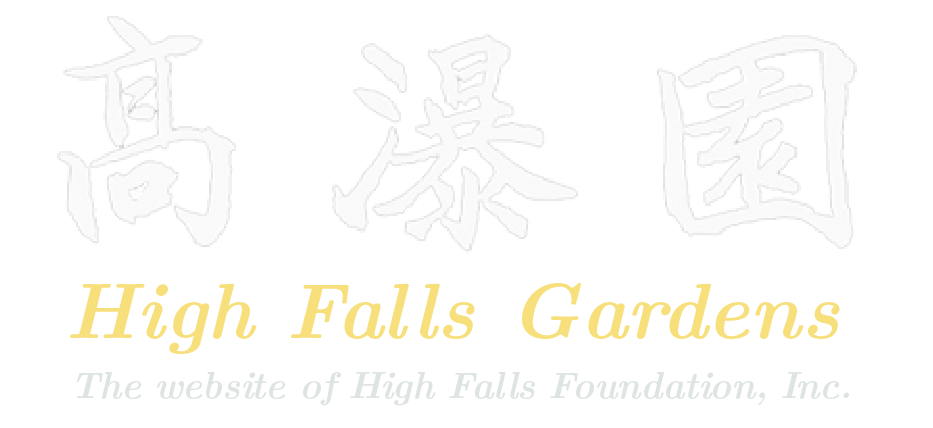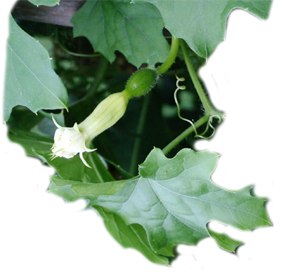by Jean Giblette
While fears went viral during the lockdown spring of 2020, practitioners of Chinese medicine in West got first hand reports from their peers on the front lines in China.
Many stories remain unreported in this time of chaos, and few are more important than the efficacy of this ancient medicine against febrile epidemics and/or respiratory illness. While furloughed as “non-essential,” many Chinese herbal medicine practitioners have honed their skills through a veritable explosion of high-quality online study opportunities.
For the benefit of patients, farmers and other friends of Chinese or East Asian medicine (EAM), this article provides a small sampling of what is available to practitioners.
A run on Chinese herbs
As our friends are aware, EAM, also known as Acupuncture and Oriental Medicine, has become well established in the West since 1970, and now has official status in over 100 countries throughout the world. In the USA, national certification and licensure in 46 states covers over 30,000 practitioners. The EAM modality is popular and established in several hospitals. Veterans have received free acupuncture in recent years, a result of the US Army’s discovery of the medicine’s effectiveness on the Iraqi battlefield.
Right after the COVID-19 outbreak in New York City, demand spiked for Chinese herbs as reported by the NY Post 1. Kamwo, the largest Chinese herbs dispensary on the East Coast, located in NY Chinatown, has long served the accounts of licensed practitioners by phone or online. Prescriptions are filled and then delivered directly to patients. Kamwo was so busy during the height of the caseload that it shut down its retail operation so that the entire staff (plus volunteers) could devote full time to filling prescriptions.
Although many practitioners, as “non-essential” workers, had to close their clinics their regular patients could be diagnosed over the phone. This advantage of a long-term relationship with a practitioner has only reinforced public support of EAM, which emphasizes preventive care along with individualized treatment. No wonder there was big demand for Chinese herbs in New York City.
A quick review of educational sources cited below shows how the EAM profession in China and the West is evolving into a world medicine. Keep in mind that these sources tend toward the “classical” schools of EAM as distinguished from TCM, the modern version of Chinese medicine. There is a plethora of TCM offerings widely available as well.
Overview and recommended formulas direct from Nanjing
The Shen Nong Society is the first professional association founded specifically for practitioners of East Asian herbal medicine in the USA 2. Their fourth annual conference was scheduled for the weekend of March 21-22 in Manhattan. To their credit, they were able to swiftly convert the whole program to an online format.
Streamed into the Shen Nong conference from Nanjing, Dr. Suzanne Robidoux provided participants an overview of how China responded at the outbreak of the novel virus. There was difficulty with the testing at first, so providers relied on CT scans to determine the extent of pathology in patients’ lungs. Severe cases were treated with antivirals, ventilation and whatever Western medicine had to offer.
Milder cases were treated with traditional medicine. EAM treats patients individually, according to their innate condition and symptom patterns. Patients received different herbal formulas depending on their condition and how far the disease has progressed. Dr. Robidoux spoke from her own direct experience with patients, and provided conference attendees with ample information on treatment strategies and formulas3.
Eventually, 85% of patients in China received acupuncture and/or herbs. Dr. Robidoux was still working under quarantine in Nanjing at the time of her presentation. She described how anyone coming down with sniffles or cough could use an app on their phone to summon a nurse and a pharmacist bearing herbs to the door of their home.
From the front lines in Wuhan
Even some severe cases could be cured with traditional medicine, concluded a volunteer team that went to Wuhan4. Headed by Dr. Liu Lihong, Professor Emeritus at a traditional medicine university in southern China, the team worked for over one month in a hospital at the height of the outbreak to treat patients with acupuncture and herbs. This account reads like an exciting epic journey. Despite obstacles, they were able to achieve improvements in the condition of every single patient they treated.
Skip the technical parts of this account and scroll down to the Q&A section. There is Dr. Liu’s plea for complementary cooperation between traditional and Western medicine. He also makes an eloquent argument for a general competency in the principles of Chinese medicine as a public health measure:
“If every person was to study Chinese medicine, if literally hundreds of millions of people understood the basics of this medicine and were able to use it to address at least some of their most common health problems, those with special skills and talents and the desire to go deeper will naturally begin to appear. These individuals can then go on to become fully trained physicians. In ancient times, this is how Chinese medicine doctors were produced.”
Senior teachers are a dependable guide
But to produce a fully trained Chinese herbal medicine doctor takes many years. After taking their degree and becoming licensed, many EAM practitioners follow a highly experienced, usually older teacher — a master. Live conferences and online courses with continuing education credits are ongoing. In an event like the emergence of a novel virus, communications from masters are important and influential.
To cite one example, again from the classical school, Dr. Huang Huang sent out a timely bulletin5. He reminds his students that it’s not necessary to know the exact nature of the pathogen in order to provide precise treatment. EAM assesses symptom patterns in the individual patient to devise the correct treatment strategy. (What an advantage this represents, when new viruses appear and then mutate with astonishing speed!) A patient can present a different set of symptoms depending on how far the disease has progressed; different formulas are required to address the exact pattern.
An excellent journal open to the public
The publishers of The Lantern, a respected journal of Chinese medicine, created an entire issue devoted to COVID-19 and made it available online at no cost6. Leading the issue, a fascinating historical account written by Volker Scheid examines how epidemics in China prompted re-evaluations of treatment strategies and shaped the evolution of Chinese medicine. The journal articles are evidence that this process continues.
High-quality translations are dissolving communications barriers East to West. Although traditional medicine currently has minority status in both the US and China, the scientific paradigm shift favors EAM. What was known 2,300 years ago is being re-examined in light of systems analysis and new findings in the microbiome, epigenetics, and other frontiers.
While the mainstream media ignores this transformation, hundreds of thousands of patients are benefitting from acupuncture, herbs, Qigong and other EAM therapies. Medicine, like agriculture, is and always has been empirical — an applied science. Practitioners use their best efforts to find what works.
Given a glimpse into the resources available to Western practitioners — including immediate access to reports from peers, a wide range of study sources, plus the recommendations of senior scholars — we can find reason to hope for the health care of the future.
It is only a matter of time until the paradigm shift in medicine becomes apparent and perhaps, once again, that time is shortened due to an epidemic.
1 https://nypost.com/2020/03/09/demand-for-chinese-herbs-acupuncture-spikes-amid-coronavirus-outbreak/
2 https://www.shennongsociety.org
3 https://chinesemedicinetraveller.com
4 https://classicalchinesemedicine.org/role-chinese-medicine-covid-19-epidemic/
5 https://www.elotus.org/promo-files/COVID-19_resources/COVID-19_English_Final_Final.pdf



